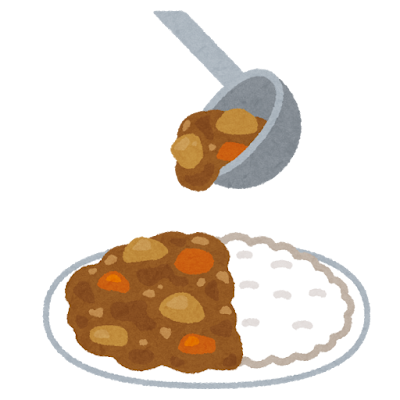Hello! It is the blog: How Unique Japan! We always share unique information through this webpage.
This time, we would like to discuss Japanese cuisine.
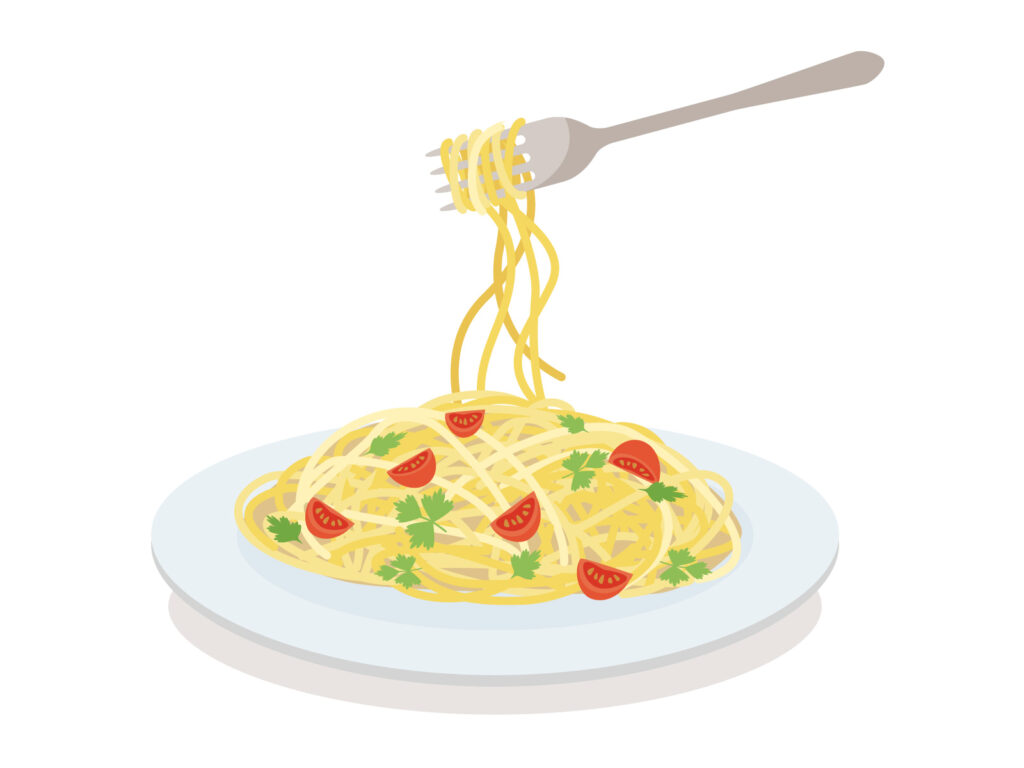
Thankfully, we Japanese have multiple menus from around the world. We can enjoy a variety of dishes, including Chinese, Korean, French, and British-style cuisine (such as Fish and Chips, for example).
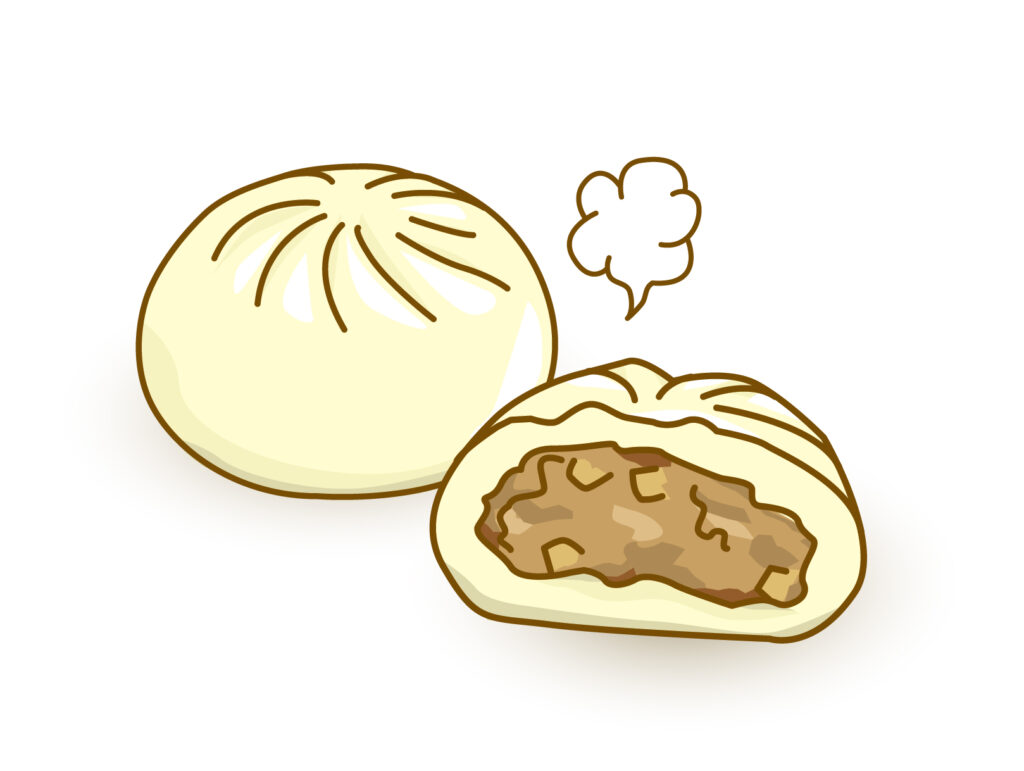
Of course, India is no exception. Currently, the curry is one of the most famous foods in Japan.
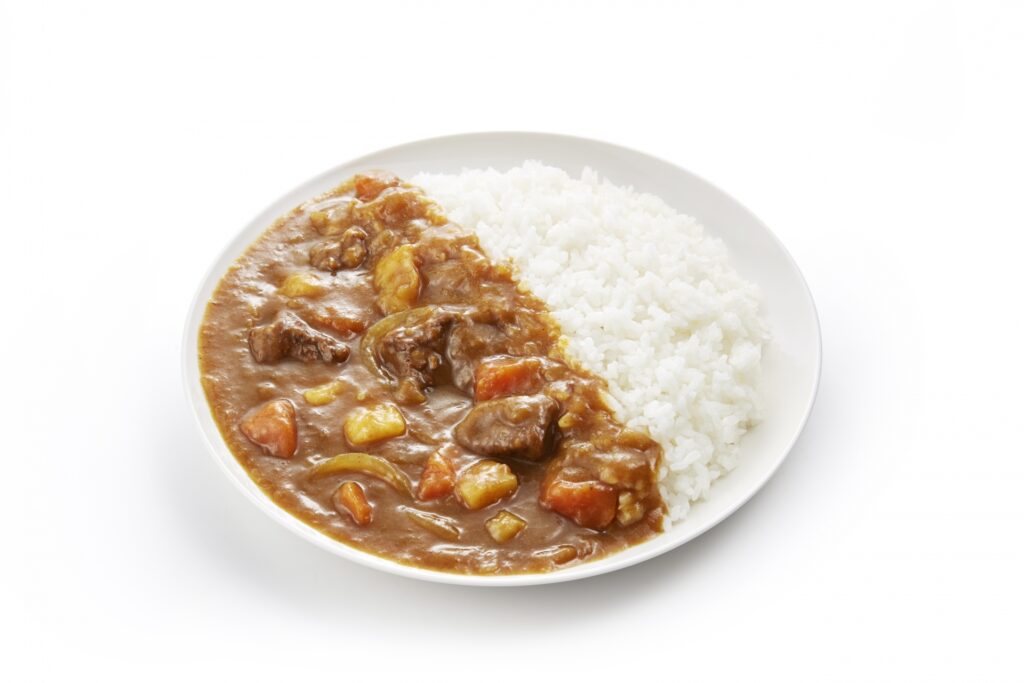
Hold on, please.
These days, it is common to see a combination of curry served with rice.
But the original curry from India does not contain rice (usually, naan bread).
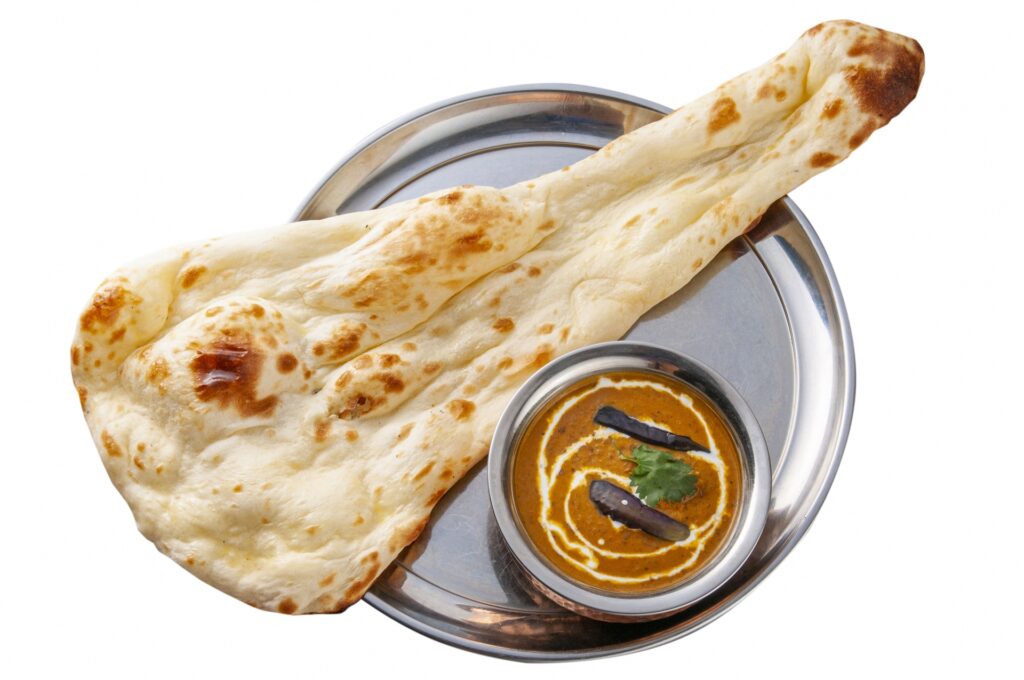
Besides, the curry (in the picture) has carrots, onions, and potatoes as ingredients; the original one does not.
How did the curry change like that?
For the answer, we would like to write about Japanese-style curry, specifically curry rice, this time.
Let us dive into such a unique menu.
The History
Japan imported that food from there via Great Britain. It was around the end of the Edo era (from 1603 to 1868).
At that time, the menu was only for people in the wealthy class, because it was a gorgeous meal.

However, an enormous change happened.
The Edo era ended. It also means that the Shogunate system (similar to a monarchy) was no longer in place, which had blocked new cultures coming from overseas since the era began.
Indeed. The next era, the Meiji era (1868 – 1912), marked Japan’s first experience with Western culture.
The curry finally became popular among the citizens. However, many Japanese chefs were still unfamiliar with the new food.
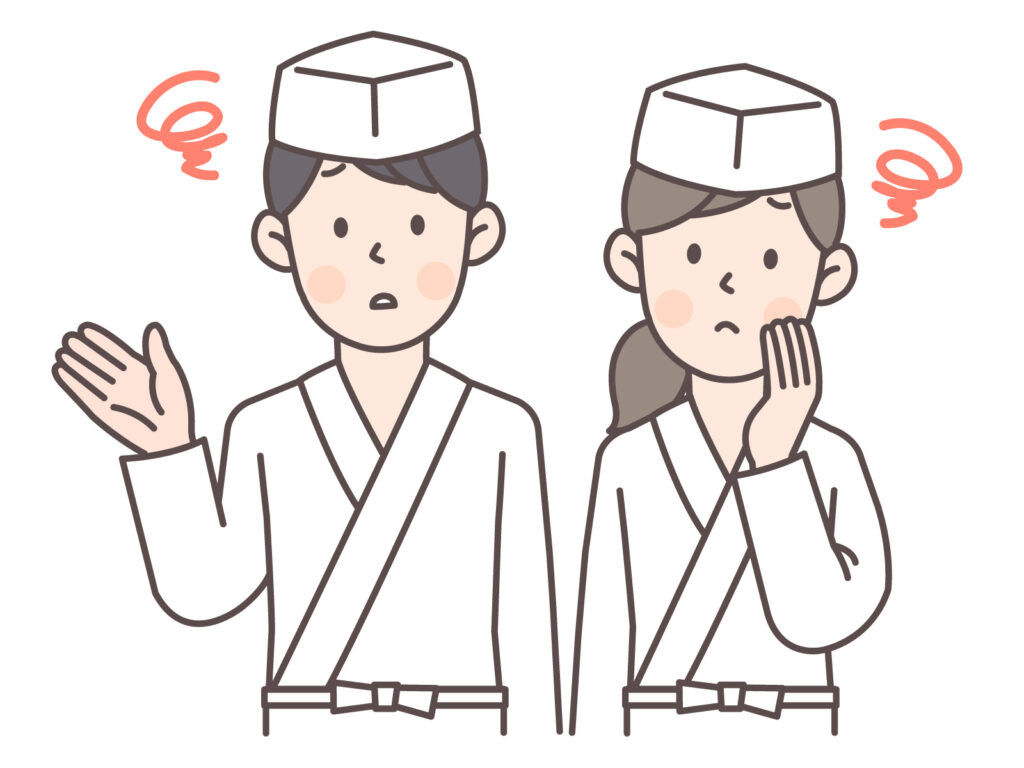
Coincidentally, many Western vegetables came to Japan (their cultivation methods too).
Yes. Those were potatoes, onions, and carrots. The Japanese (chefs) easily connected the idea (curry) with those vegetables as cuisine from the West. That is why the curry rice in Japan usually contains them.
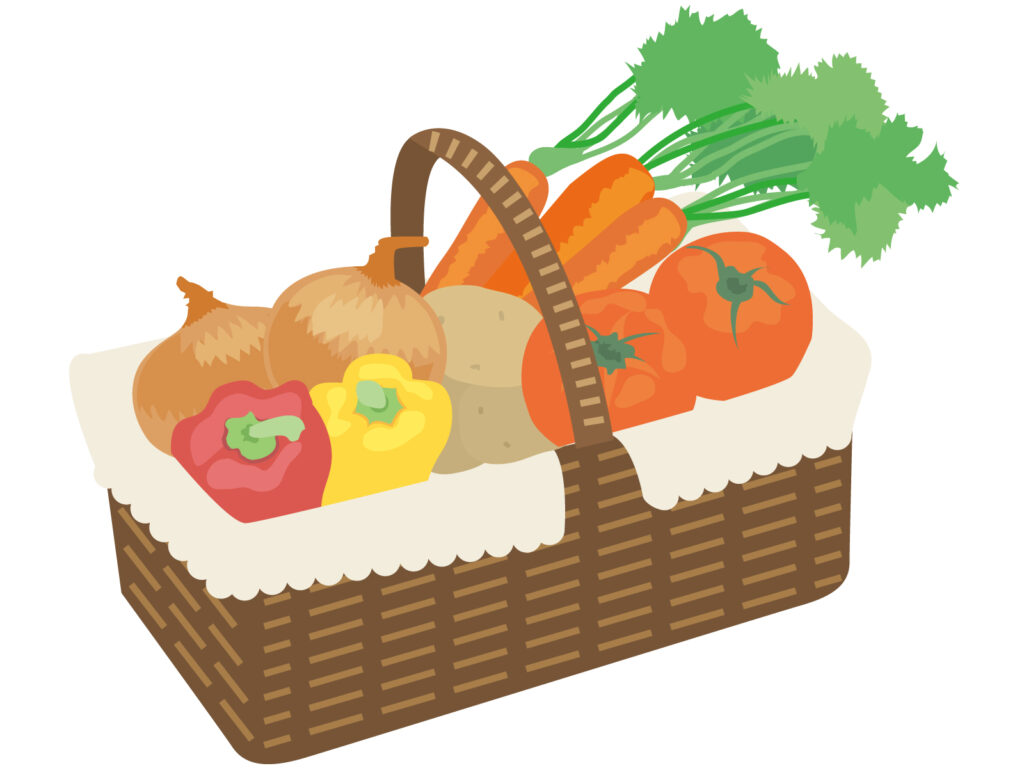
(By the way, we Japanese invented a new kind of potato. It is the Dansyaku (Baron) potato. As the name says, a Japanese nobleman with the title of Baron created that potato.)
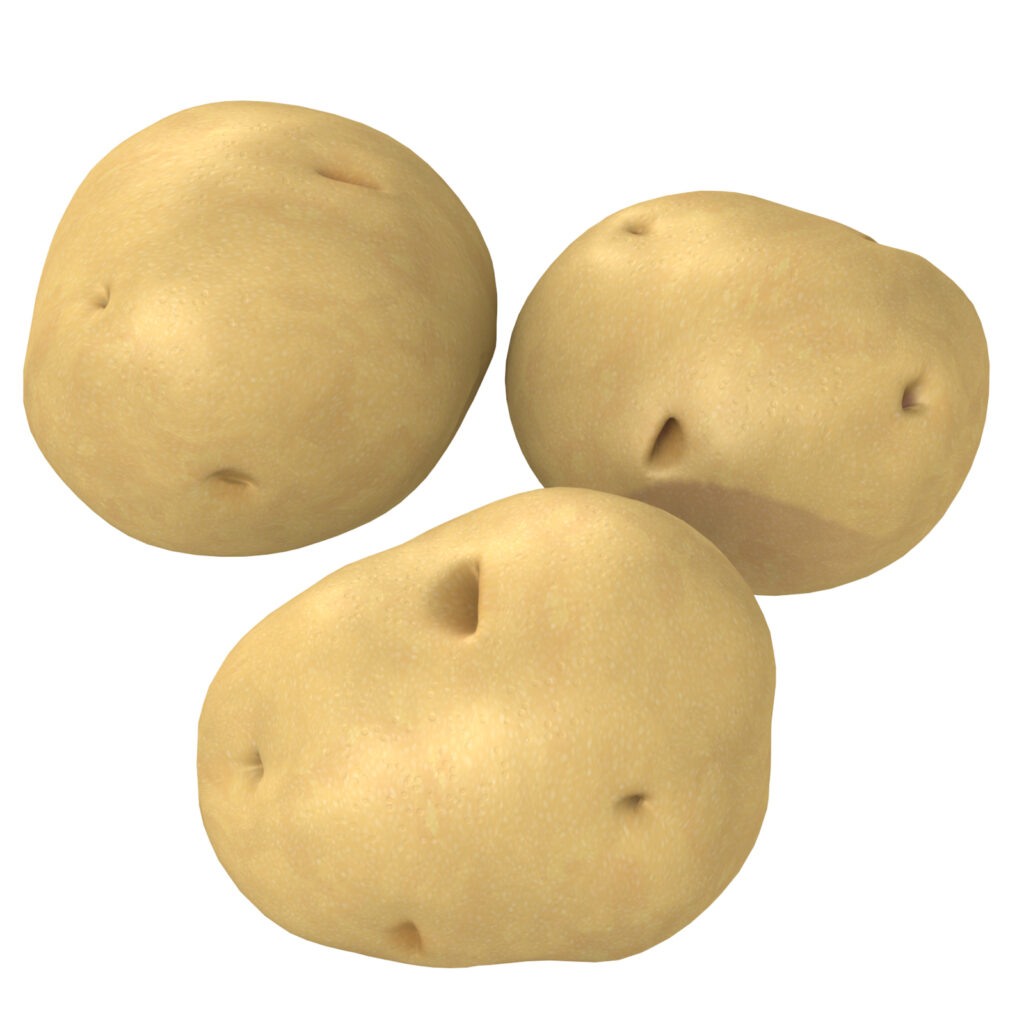
The popularity of curry quickly and widely spread among Japanese citizens, and it has become a famous dish.
Evolution of the Curry Rice
Any business run unfairly always. Thus, the new food business (Western-style restaurants) cornered the conventional ones. They were Japanese restaurants.
The chefs and owners of the restaurants managed the solution, and they also wanted to ride the big wave of the new restaurant business.
Then, Soba noodle (the unique noodle in Japan) shops came up with an idea to recover from that unfavorable situation.
It was to add the Dashi (soup stock) to the curry.
The soup is inseparable from the noodle shops. Yes. They were not familiar with Western food, but they knew how to make their cuisine delicious with Japanese ideas.
The innovative arrangement became popular and perfectly matched the desires of the Japanese people.
Bullseye!
Since then (around the Meiji era), the noodle shops have been serving curry rice.
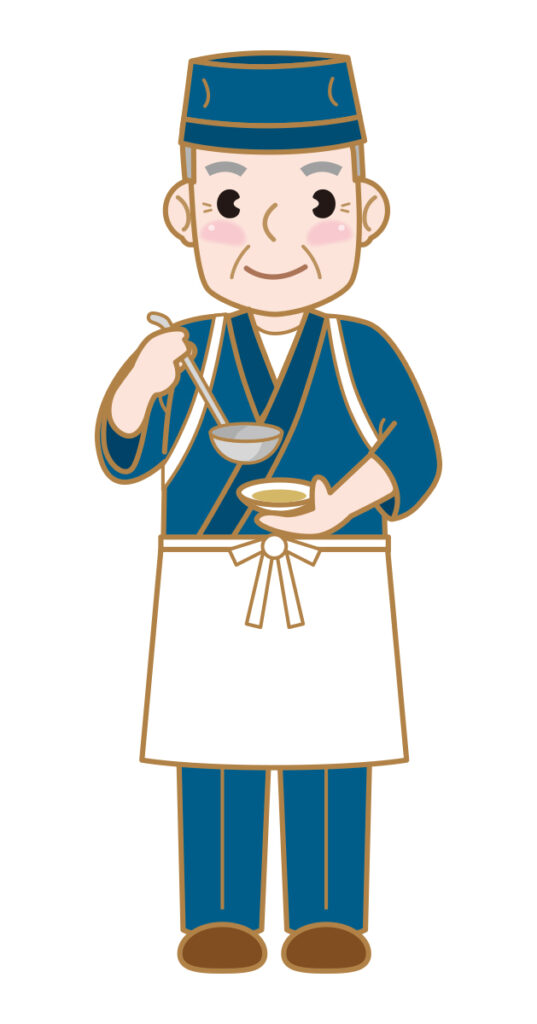
Its population is no joke. Currently, all Soba noodle shops in Japan include curry rice on their menus.
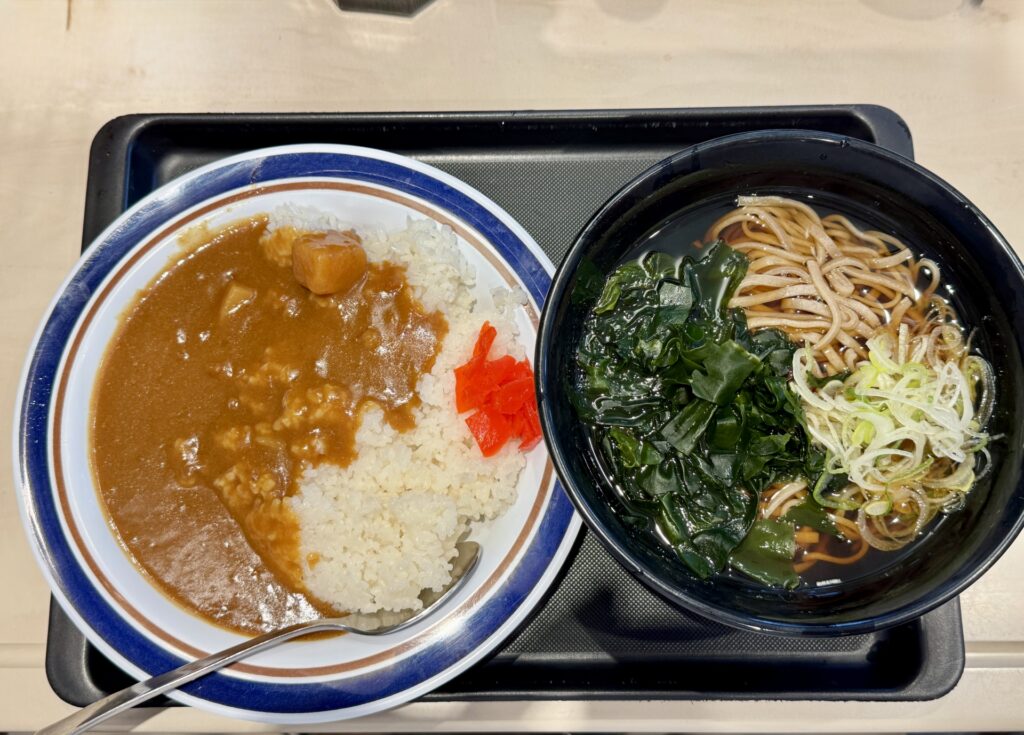
The curiosity to discover new tastes has never stopped.
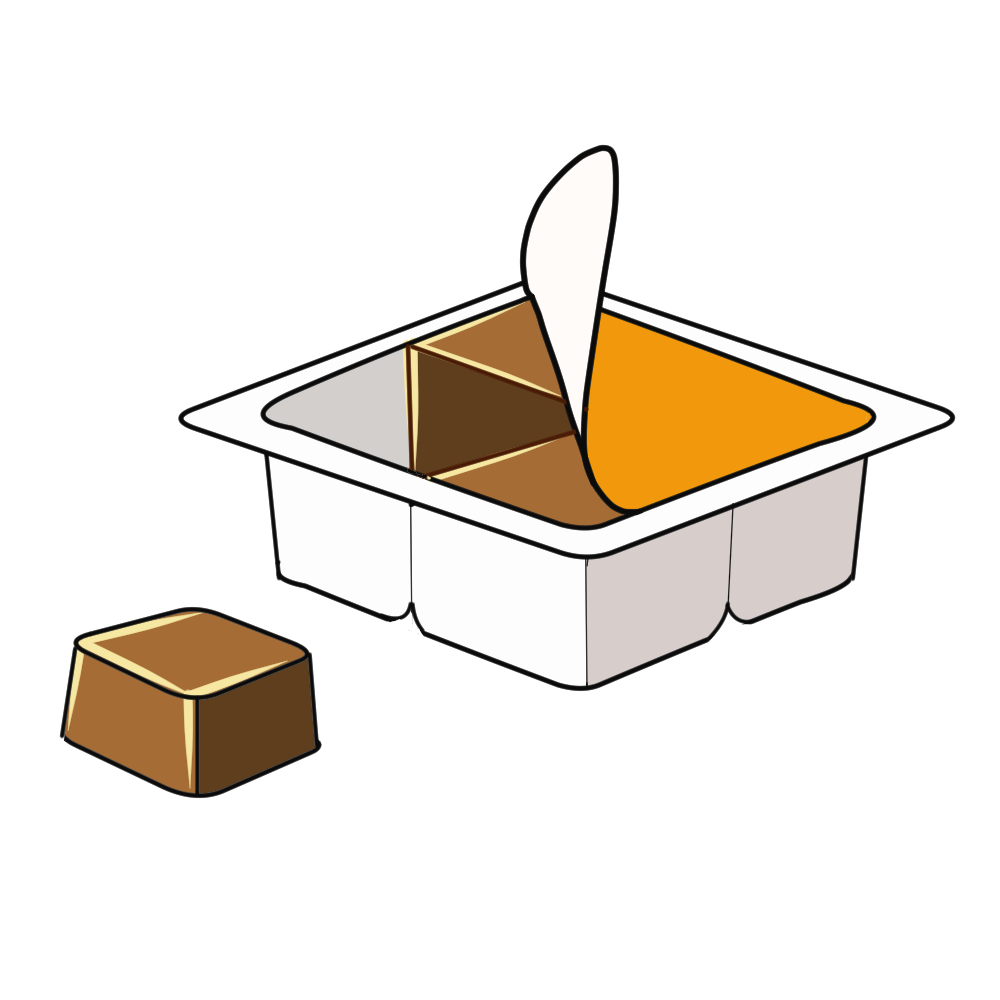
The Japanese chefs found more arrangements. Now, we Japanese use the curry *roux to make our meal. Curries often include ingredients like milk, apples, and surprisingly, honey, which contribute to their rich flavor.
*It is dried and hardened curry into bricks. We can make delicious curry by melting it into the hot water.
How popular is the cuisine?
So now, such a curry with a unique style has become (really) famous. The popularity is particularly among the children in elementary schools, because the schools sometimes serve it as a school lunch.
Indeed. It is one of the most beloved on the lunch menu.
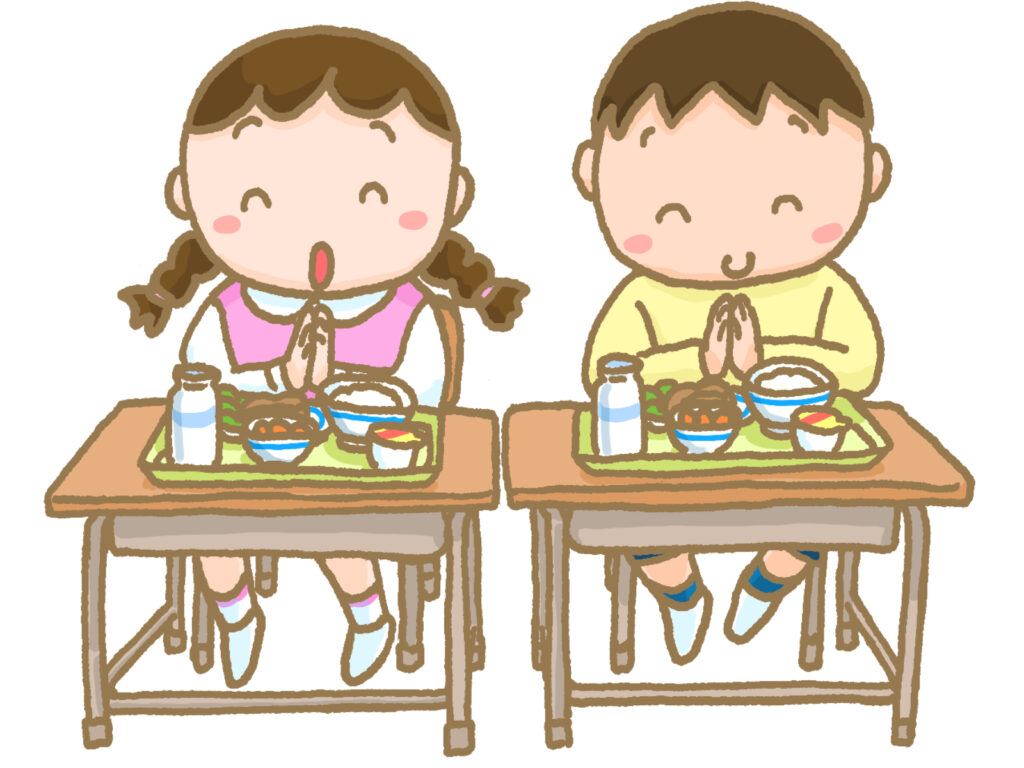
(Seriously, when we were kids, we used to scream with our joy if the curry rice would be the lunch meal for the next day.
Oh, and the day of school lunch would be a war zone because we craved the refill.)
That excitement is no exception for Adults. If you were in Japan, please take a look around the retort conners in any supermarkets.
There should be an uncountable number of retort curry products. They (the retort companies) always compete to be the best seller.
Indeed. Each curry is different. Ingredients, cooking time, and some products are from the famous curry restaurants.
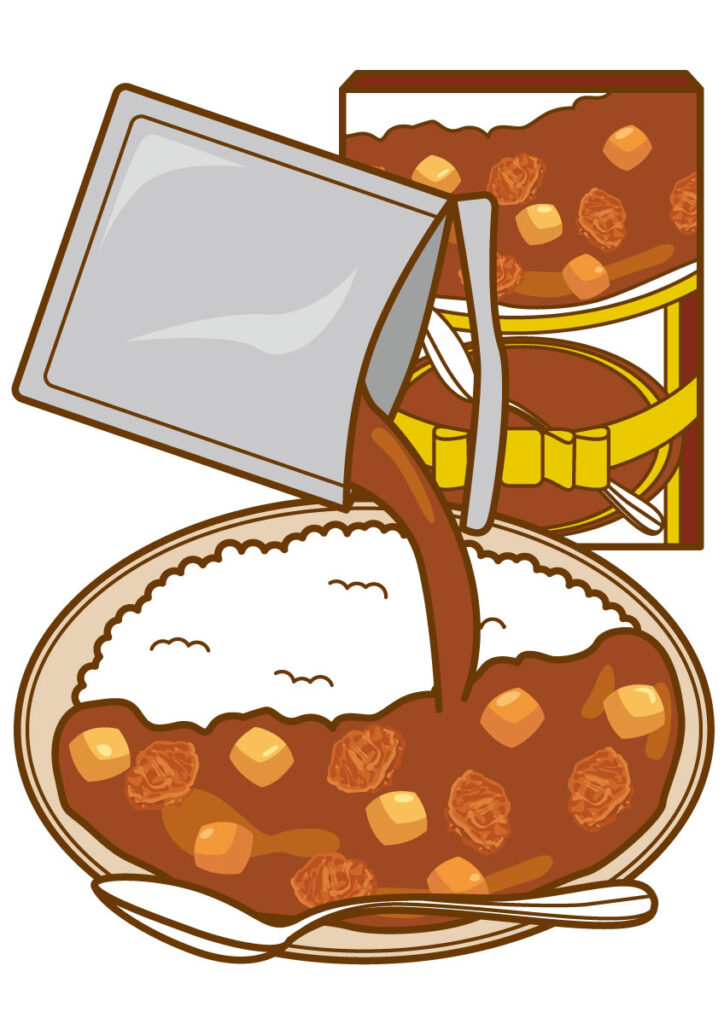
To close
Yes, the Japanese have a history of absorbing cultures from overseas (in a good way and a bad way).
It is why Japan contains mixed (so much) culture and is complicated.
Then, we try to describe it with this webpage. Now we have four categories on our front page.
They are about the Japanese lifestyle, foods (cuisine), the Edo era, and religions in Japan.
If you are still interested in them, please challenge them!
Thank you for reading this article!
See you at the next uniqueness of Japan!
